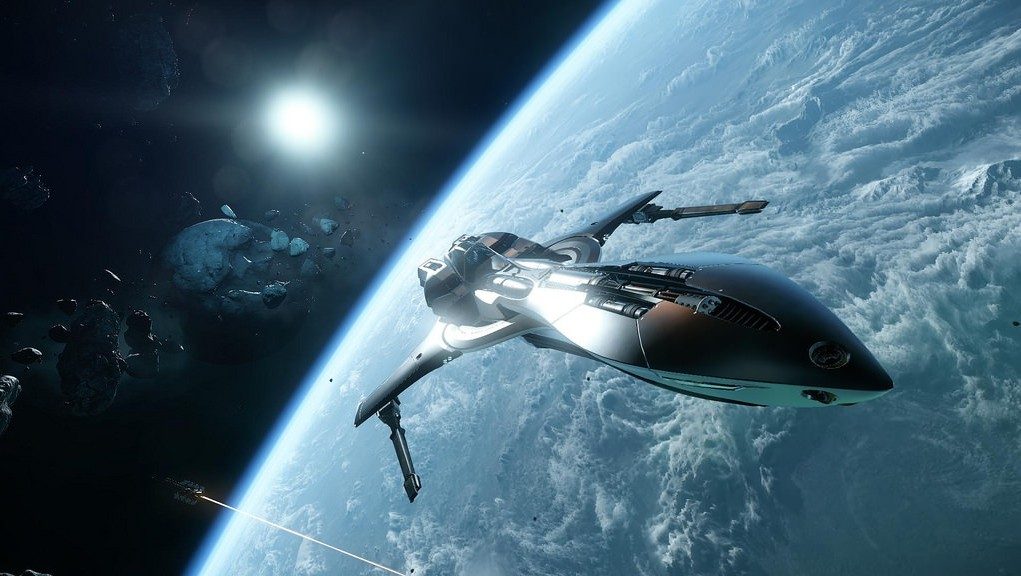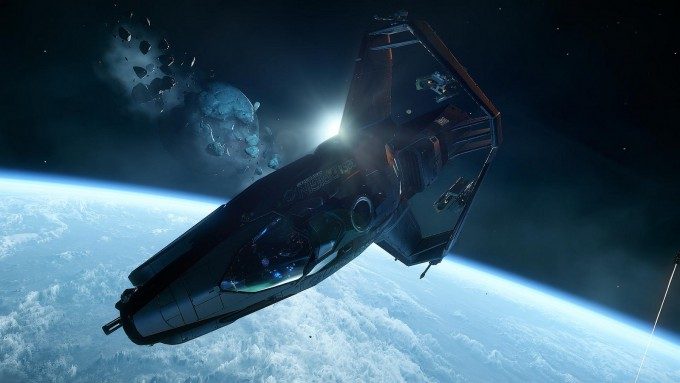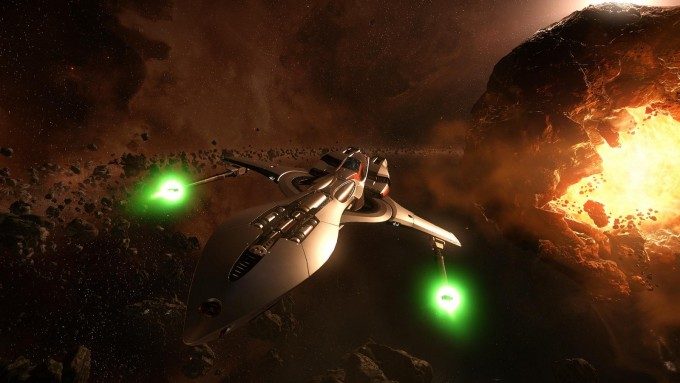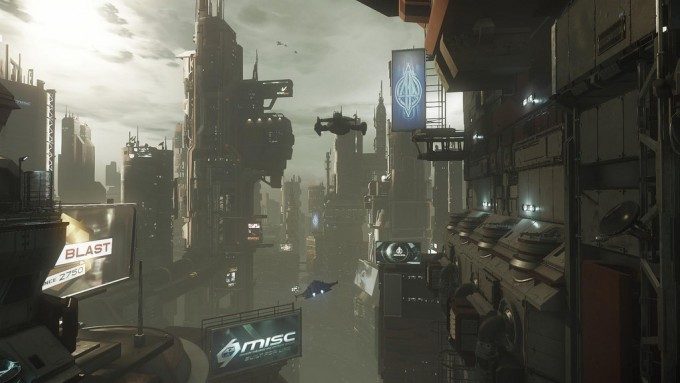Star Citizen, a hugely ambitious space epic, one of the first crowdfunding success stories to also pledge virtual reality support, has just launched its Alpha 2.0 release. Not only that, their total funding pot has now reached an astonishing $100M.
One of the great, early success stories of the crowdfunding ‘revolution’, Star Citizen smashed their original Kickstarter goal back in 2012, raising a cool $2.2M by the time the campaign closed. But that really was just the beginning for the title that promises to bring epic, persistent universes, realised with some astonishing attention to detail.
It’s common for projects now to use Kickstarter as a launchpad to further funding, but Star Citizen has taken this idea to new levels of success. Their post-Kickstarter crowdfunding campaign has continued to gain momentum, with the grand total now surpassing $100M. It’s clear people really want this.
The title just reached a development milestone too, with the 2nd alpha release going live to backers yesterday. The feature list illustrates the level of ambition the development team at Cloud Imperium Games has.
Star Citizen’s developers are building a beautiful, detailed, persistent universe filled with crafts modeled with mind-numbing detail. Not content with just that, this latest alpha also introduces first person shooter style combat, occurring in space stations, decks of ships, or even in EVA.
Elsewhere, the new alpha brings multi-crew ships where you can mix with online friends and “assume different responsibilities at different crew stations, such as ship’s pilot or copilot, engineer, or turret gunner.” The development team’s vision of seamless transitions between ship-based gameplay and exploration of landing sites and space stations has been realised too with the ability to “transit between the interior of your ship to outer space and back without any loading screen! Fly, fight, and spacewalk all in the same game.”
The list of features goes on, take a peek and you can see how much love (and not to forget that money) is being poured into the project.
News on that promised virtual reality support isn’t quite so rosy however, with VR still not natively supported for the Oculus Rift DK2 headset and only hangar based support for the much older DK1. The title is based on CryEngine, which was originally lacking VR support when the project began. Since then however, Crytek has thrown itself headlong into VR development, with CryEngine now producing some of the best looking VR games on the platform.
See Also: Hands On – Crytek Unveils Oculus Rift Exclusive Title ‘The Climb’
The development team still seem keen on getting VR support in there, but apparent design considerations (which were in their infancy when Star Citizen began as a project) have not been made for VR, with the experience apparently uncomfortable when using the VR injection Driver VorpX to tack on DK2 support, for example.
Chris Roberts, founder of the project, stated in a video Q&A in July that more work and news on VR support would be forthcoming “after Gamescom,” and that they were working on implementing all the VR support enhancements added in the latest version of CryEngine (3.8). Since then it seems things have once again fallen silent on the VR front. We shall have to wait and see.










